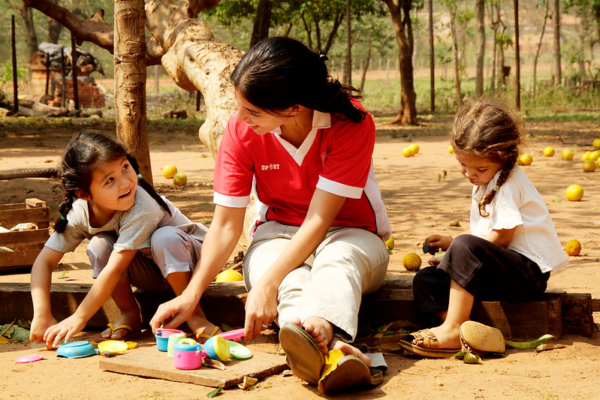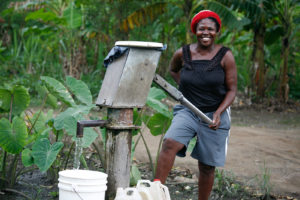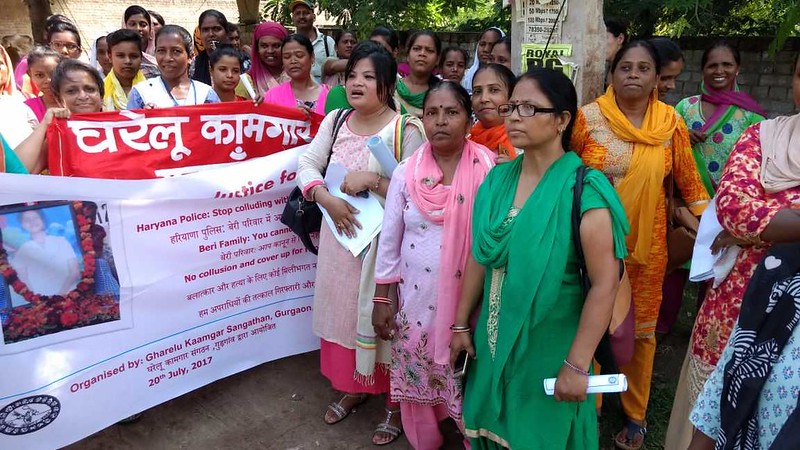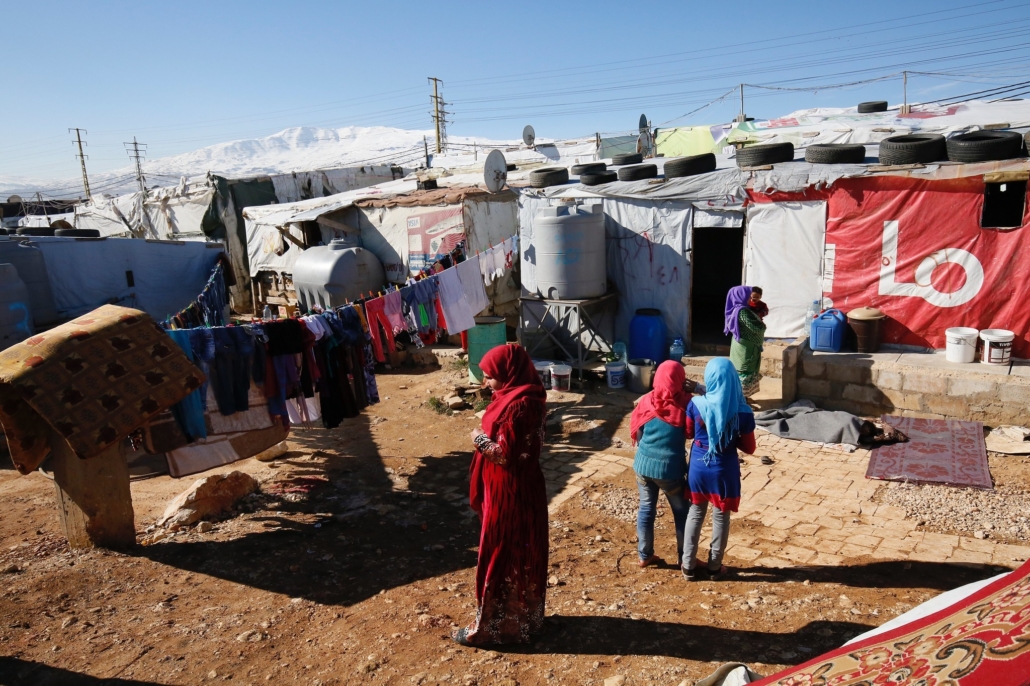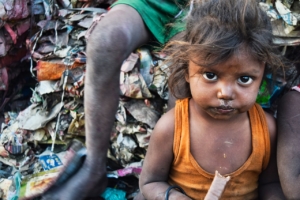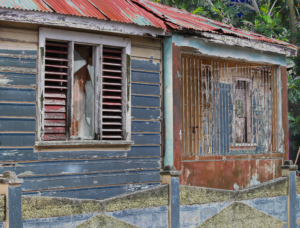 In many vacation hotspots, it’s easy to overlook the undeniable poverty, and this includes locations such as the U.S. Virgin Islands. In 2018, approximately 500 individuals were homeless. This may seem like a small number, but the population of the Virgin Islands is minimal, only 100,000 people. It’s time to shed some light on the struggles of the people who are easily overlooked by the beautiful beaches of the Virgin Islands. Here are five facts about homelessness in the Virgin Islands.
In many vacation hotspots, it’s easy to overlook the undeniable poverty, and this includes locations such as the U.S. Virgin Islands. In 2018, approximately 500 individuals were homeless. This may seem like a small number, but the population of the Virgin Islands is minimal, only 100,000 people. It’s time to shed some light on the struggles of the people who are easily overlooked by the beautiful beaches of the Virgin Islands. Here are five facts about homelessness in the Virgin Islands.
5 Facts About Homelessness in the Virgin Islands
- Homelessness in Families: Homelessness in the Virgin Islands is seen in families, which directly affects children and their growth. To help low-income families, the Housing Choice Voucher Program, or Section 8, was created. However, it has faced a $3 million reduction causing 26 families to lose housing and government help. Moreover, “for every $1 million dollars cut from the program … 111 families could lose housing.”
- Homelessness in Children: Those who are 0-17 years old are in the age range leading homelessness in the Virgin Islands. These children are considered “youths without parents or unaccompanied youths” and these numbers are growing.
- Demographics: There are certain groups that are being directly affected by this homelessness, as shown above by the large number of homeless children. Other groups include Black citizens and men. Black citizens made up 90% of the homeless population in 2017. The majority of the homeless population, 96%, is comprised of men. Another group being directly targeted is those who struggle with mental illness or drug dependence.
- Economics: The Virgin Islands heavily rely on tourism to boost the economy and to help the average person’s income. Therefore, during off-seasons for travel, most have to pick up other jobs to stay afloat to prevent money from becoming tight. Due to the ongoing COVID-19 situation, travel has been limited, creating more financially unstable families and individuals. The off-season for travel and COVID-19 greatly affects homelessness and the financial standing of persons in the Virgin Islands.
- Lack of Action: Most records of homelessness in the Virgin Islands were taken in 2017 or 2018. The most recent record of homelessness was taken in early 2020, showing that the issue has not gone away. In 2020, Governor Albert Bryan Jr. proposed major reforms to the mental health treatment systems in the Virgin Islands. However, the bill has yet to be passed due to a lack of attention in Congress.
Governor Bryan has submitted legislation in order to put an end to the chronic homelessness faced by the citizens of these islands, however, is has been greatly overlooked by Congress. To help the issue of homelessness in the Virgin Islands, constituents should email or call their representatives and senators.
A non-governmental organization that has worked to help the issue of homelessness among youth is the Jermain Defoe Foundation created by English football player Jermain Defoe. It strives to help youth who are poor or are suffering from illness or abuse. This organization was founded because of the lack of attention that was brought to the issues of homelessness and poverty faced by children. It has provided funding and support for the Holy Family Children’s Home, raised funds to build the Rainbow Children’s Home and opened a football academy — all in the Virgin Islands.
– Samira Akbary
Photo: Flickr
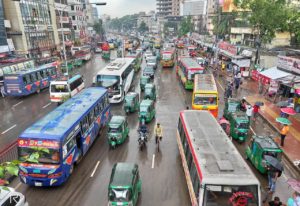 Bangladesh, a small country located in South Asia, is the eighth-most populous in the world, home to
Bangladesh, a small country located in South Asia, is the eighth-most populous in the world, home to 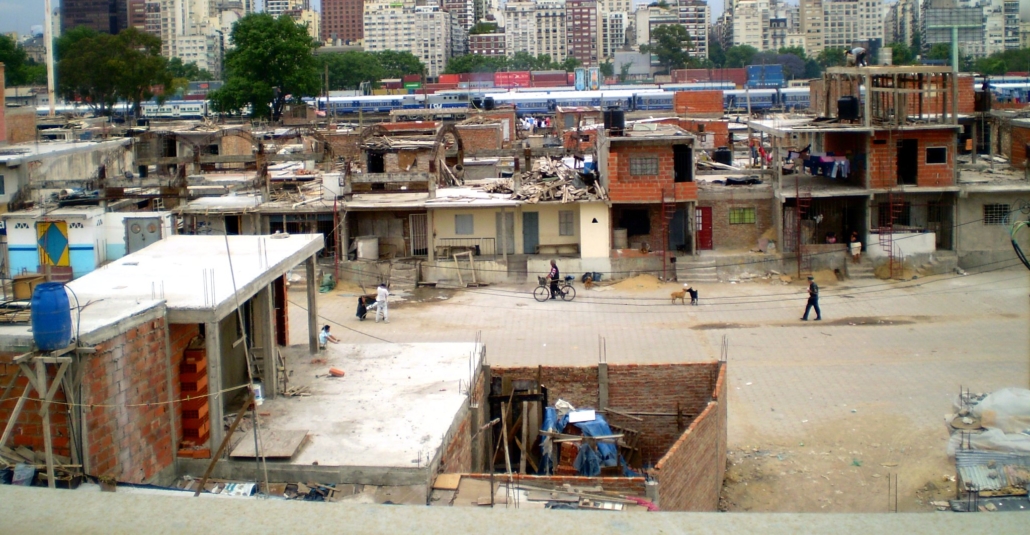
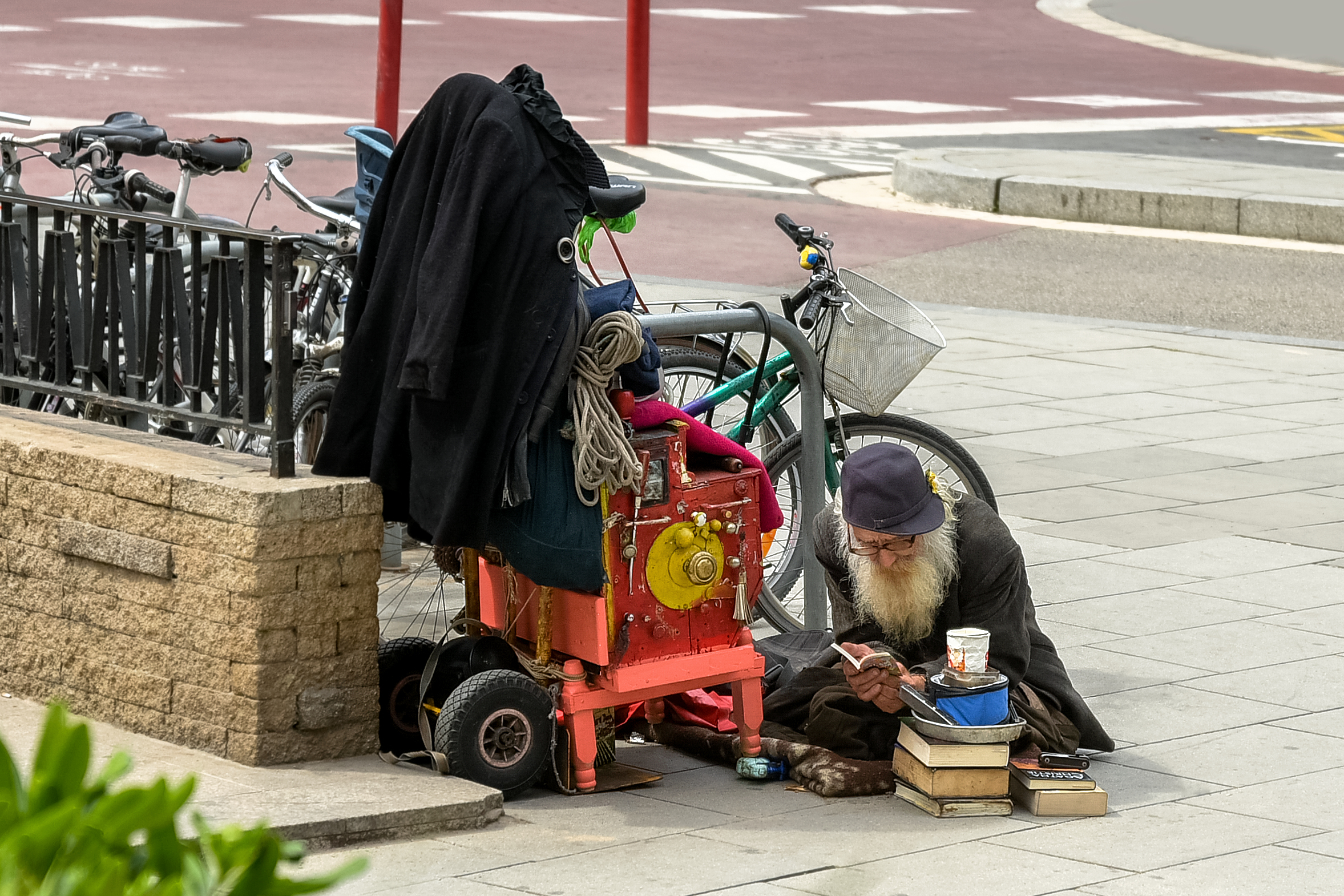
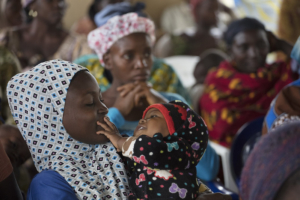 Marie Stopes International Nigeria recently
Marie Stopes International Nigeria recently 